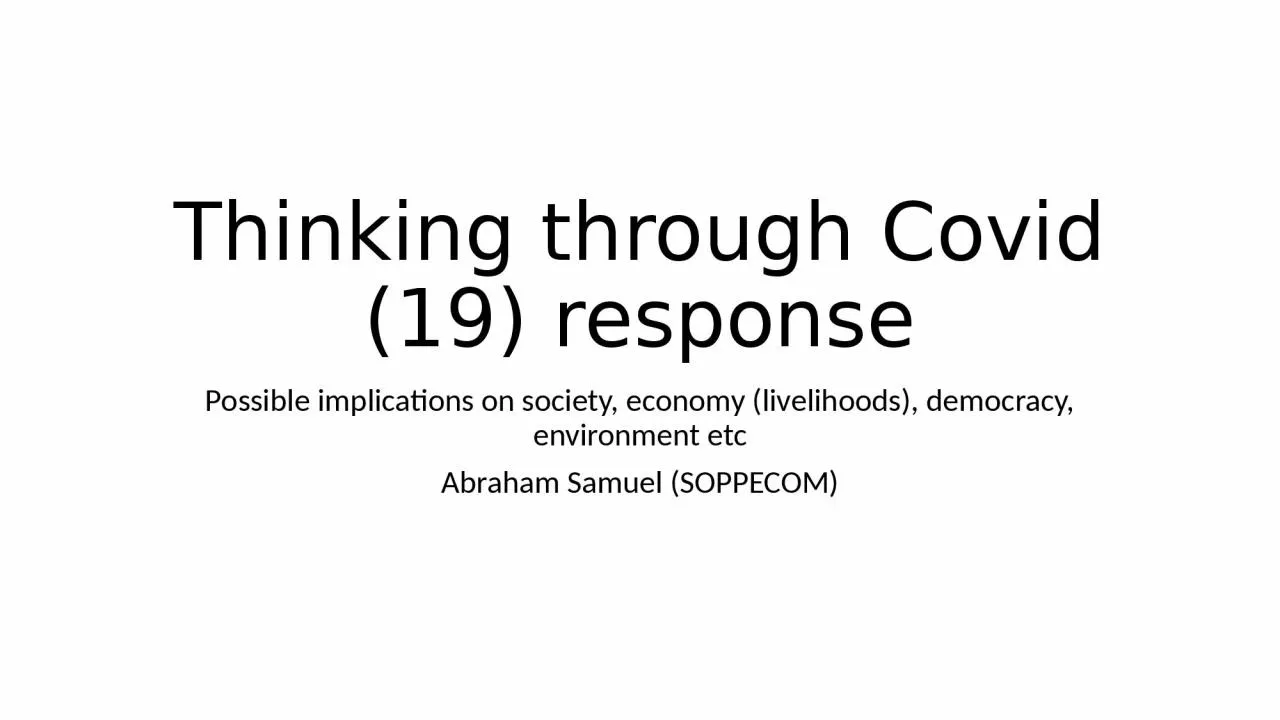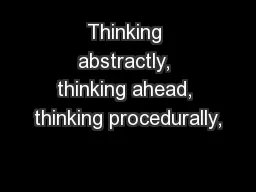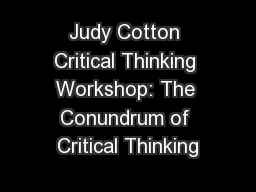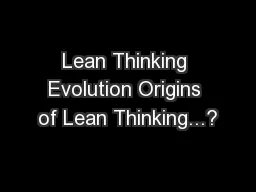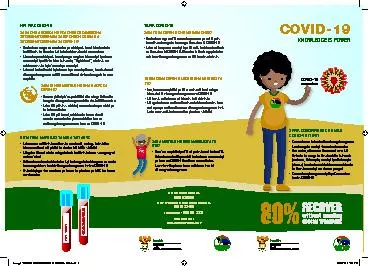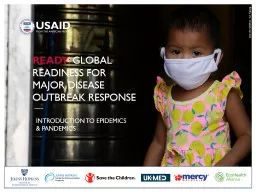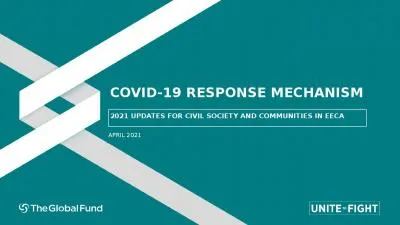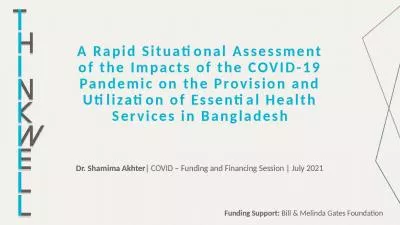PPT-Thinking through Covid (19) response
Author : hailey | Published Date : 2024-01-13
Possible implications on society economy livelihoods democracy environment etc Abraham Samuel SOPPECOM Covid dash board Global count as of 15 th May evening 4500476
Presentation Embed Code
Download Presentation
Download Presentation The PPT/PDF document "Thinking through Covid (19) response" is the property of its rightful owner. Permission is granted to download and print the materials on this website for personal, non-commercial use only, and to display it on your personal computer provided you do not modify the materials and that you retain all copyright notices contained in the materials. By downloading content from our website, you accept the terms of this agreement.
Thinking through Covid (19) response: Transcript
Download Rules Of Document
"Thinking through Covid (19) response"The content belongs to its owner. You may download and print it for personal use, without modification, and keep all copyright notices. By downloading, you agree to these terms.
Related Documents

